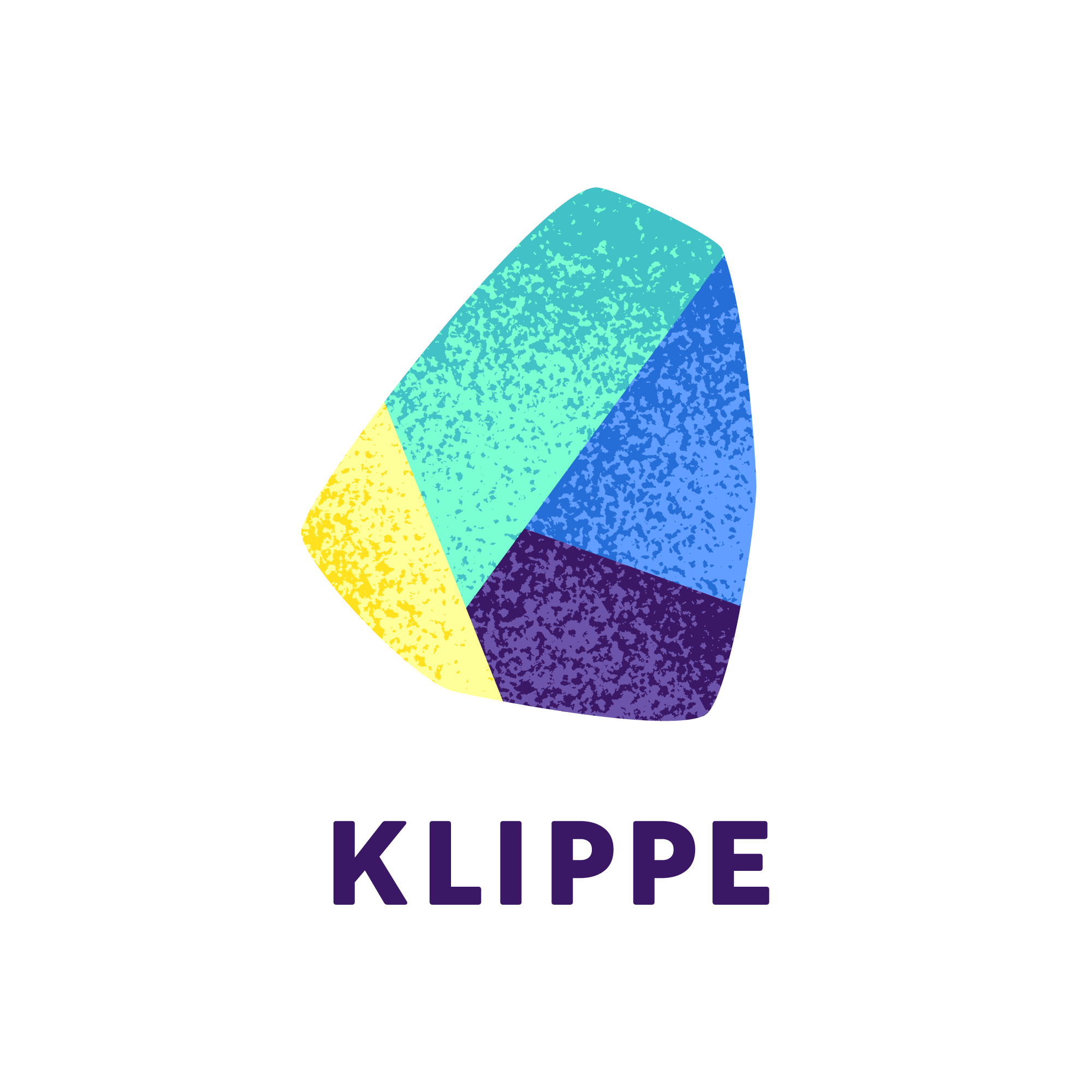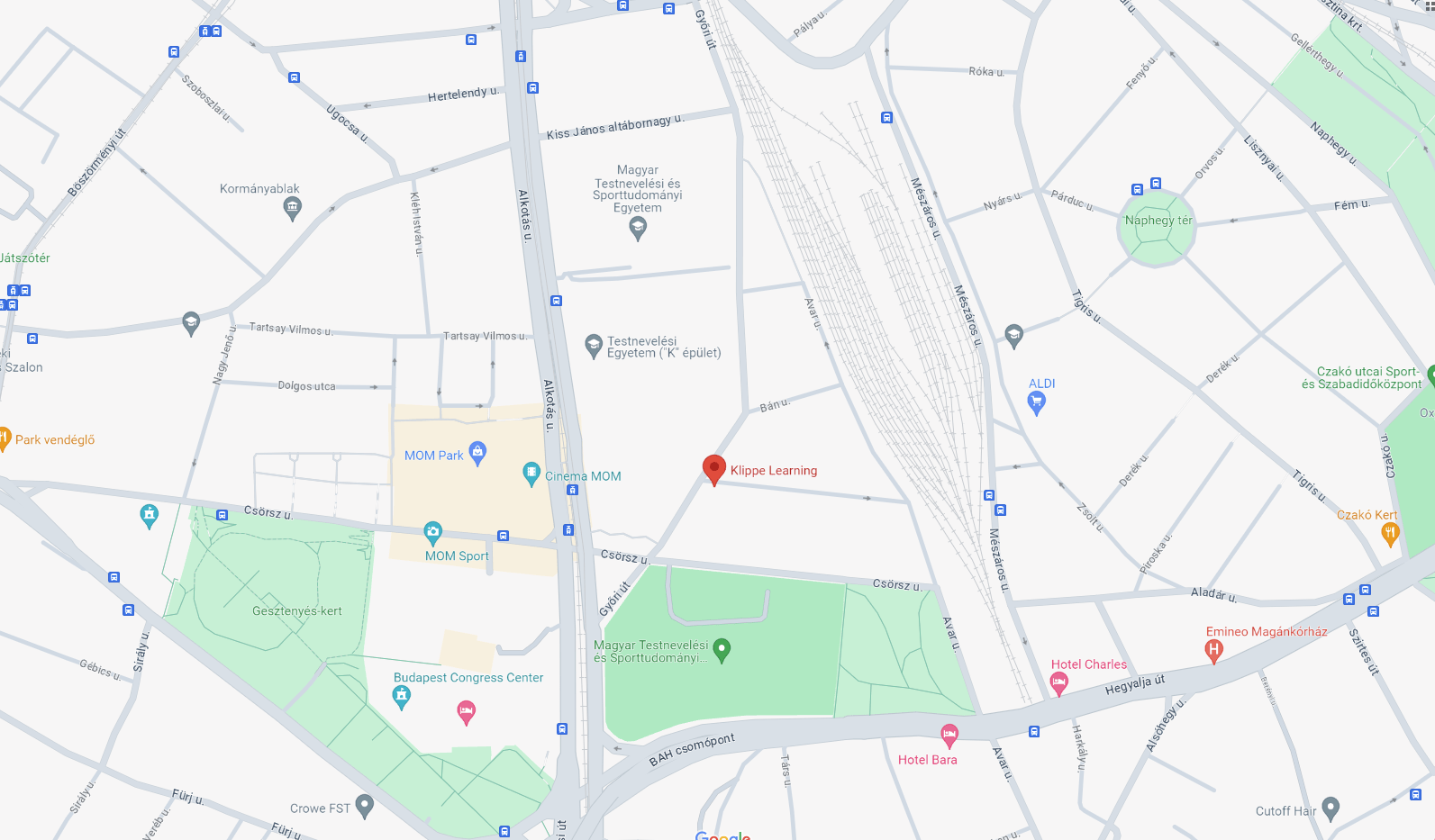As we navigate through various programs and websites, we’re gradually becoming accustomed to accessing them in our native language. Whether it’s browsers, mobile apps, or operating systems, localisation plays a vital role in ensuring a seamless user experience. However, when it comes to e-learning localisation, it entails more than just translating words on the screen. How has this process evolved with the widespread adoption of generative AI tools? Why is it essential to localise learning content? And what steps are involved in the localisation process? In our Journal entry, we’ll address these questions and provide recommendations for helpful software tools. Join us to delve into the world of localisation and enhance your understanding of its significance in today’s digital landscape.
What is E-learning Localisation?
In the early days of e-learning, creating courses was a tedious manual task, making localisation a distant dream. But thanks to advancements in software, the process has become much smoother. Automation, including the rise of generative artificial intelligence (AI) tools, has further accelerated this transformation.
Effective localisation means more than just translation. It involves adapting e-learning materials to resonate with different cultures, ultimately enhancing the learning experience. This entails considering cultural nuances and adjusting both written and visual content to suit the target audience. Key elements that often need localisation and translation include:
- Written content
- Graphics
- User experience features (such as navigation buttons)
- Audio and video
- Formatting preferences (like date formats)
By embracing proper localisation techniques, you can ensure that your e-learning content transcends language barriers and fosters successful learning experiences across diverse audiences.
Benefits of E-learning Localisation
Tailoring content to match the cultural backgrounds of learners enhances engagement and improves the overall learning experience.
Translating content into various languages broadens accessibility, enabling learners from around the globe to access training materials.
Localisation opens doors to new markets, enabling expansion into previously untapped territories.
Localised content guarantees clearer and more precise communication, minimizing language misunderstandings and confusion.

The Curriculum Development Process
Curious about the production of teaching materials? A product of our research, the five-cycle model, is based on alternating creative and research processes and continuous feedback.
Read more!Key Considerations When Localising E-learning
Cultural Differences
Effective localisation tailors courses to the cultural context of the intended audience. Neglecting these differences could isolate segments of the audience. Understanding the pertinent traditions and customs of the target demographic is crucial. The objective is to render the content relatable, transparent, and captivating for learners.
Terminology
Utilise commonly used, appropriate terminology in the target language consistently throughout the material. Consider creating dictionaries to maintain uniformity of terms across the content.
Navigating Graphic Nuances
While certain symbols and images hold universal meaning, others demand careful consideration to prevent misinterpretation. For instance, a nod signifies disagreement in Bulgaria, while black symbolises positivity in China and Japan. Similarly, gestures like an upturned thumb may convey rudeness in some Middle Eastern cultures. Additionally, word order variations across languages can pose challenges. Furthermore, not all fonts are suitable for every language, adding another layer of complexity to graphic design.
Varying Text Lengths
Divergent languages often result in translated text being either longer or shorter than the original. This presents challenges when integrating text into videos, translating sub-sentences, or displaying pre-designed slides and graphics. Text length discrepancies can reach up to 50% between languages. During the planning phase, it’s advisable to allocate ample space for potential text expansion. For sub-text videos, consider including extra material to accommodate longer voice-overs.
Fortunately, many curriculum development software offer built-in solutions to mitigate these issues.
Strategic Planning
Consider localisation from the outset when developing new material. This will shape language usage and text structure across various course elements. Early on, identify elements requiring translation and localisation—such as slogans, buttons, images, sources, and references. Clearly marking these aspects will streamline the localisation process.
Keep it Modifiable
A fundamental principle is to develop and keep all e-learning content in an editable format. This facilitates seamless integration of translations and eliminates the necessity to recreate specific files (such as videos, images, or audio). Furthermore, editable source files allow for straightforward resolution of issues related to text expansion or contraction.
E-learning Localisation Stages
1. Text Translation
Translate texts from the source language to the target language while maintaining the original meaning and intent of the content.
2. Localising Video and Audio Content
Ensure videos and audio, such as narration, are prepared with target language audio or subtitles that faithfully represent the original content. For videos, don’t forget to translate textual information shown on the screen!
3. Layout Design
Verify that the images, illustrations, and icons incorporated into e-learning materials are suitable and precise.
4. Cultural Adaptation
Ensure that the content is culturally appropriate, comprehensible in its localised form, and inclusive to all audiences.
5. Quality Assurance
Utilise professional proofreading to verify the accuracy of translations, ensuring the preservation of the original meaning. Address any errors in the text, layout, and all other elements to maintain quality.

Localisation and Generative AI
Traditionally, localisation was labour-intensive and prone to errors, with accuracy and cultural nuances often overlooked. Generative AI has revolutionized this process, speeding up translation and narration tasks while offering easier avenues for refinement.
The adoption of AI-powered localisation tools has streamlined the process of reaching global audiences, making it faster and more efficient. Nonetheless, human oversight and cultural awareness remain crucial for maintaining content quality.
Human or Machine Translation?
Deciding between human and machine translation hinges on factors like language pair, target audience, budget, and time constraints. Nonetheless, certain best practices can simplify this decision-making process.
Course Descriptions and FAQs
These sections play a vital role in motivating learners, so it’s crucial to ensure they are flawless.
Tests
For certifications or diplomas awarded based on test results, accuracy and professionalism in both questions and answers are imperative.
Study Material
For monolingual course material, translation should be done by someone knowledgeable in the subject matter. For bilingual material where translation serves as support, machine translation may suffice.
Video Subtitles
For learners unfamiliar with the original language, human translation is necessary. If learners have some understanding of the spoken text, machine translation may be suitable.
Comments, Community Sections, and Curriculum Reviews
These sections can be handled by a machine, as they are not critical to the learning experience, and inaccuracies are generally not a significant concern.

Lifelong Learning in Organizations
Why is lifelong learning essential for both organizations and individuals? And how can we ensure it’s a driving force in our workplace? Join us and find out more!
Read More!E-learning Localisation Tools
Lastly, let’s take a quick look at some tools that can aid in the localisation of e-learning materials.
PoEditor
A sophisticated localisation platform and translation management system. (A free version is available, but the paid version offers enhanced features and functionality.)
DeepL
A neural machine translation service often praised for its superior accuracy and nuanced translations compared to Google Translate. (Free for shorter text translations.)
Articulate Storyline & Rise
E-learning content development software. (Free trial available.)
Murf-ai
A cloud-based text-to-speech platform that seamlessly integrates lifelike AI-based narration into your learning materials. (The paid version offers full functionality, while the free version restricts downloading of audio files.)
Alrite
AI-powered automatic speech transcription and voice recognition software. (Available for a per-minute fee.)
ChatGPT
A chatbot employing interpretive models to automate ongoing communication with users, enabling instant interaction with input information. (Version 3.5 is free, while version 4 is available for a fee.)
Need Some Help?
If your organisation is considering localizing e-learning materials but you’re unsure about the best approach, reach out to us, and we’ll guide you toward the optimal solution! When resources are limited, it’s especially beneficial to get in touch – expert assistance can significantly reduce workload and costs.
Found this article helpful? Stay updated with our latest articles by following us on Facebook or LinkedIn!
Feel free to reach out to us using the contact details provided below! ⬇️
Who Are We?
We are digital education experts and software developers, following trends and offering innovative solutions in our learning materials and systems. We have been providing digital training, creating complex e-learning materials and implementing systems for X years.
Klippe Learning’s team will create the digital teaching and learning solution you’ve been dreaming of – or we’ll dream it for you if you don’t know exactly what you need. Custom content, creative and motivating methods, a platform tailored to you.
How Can You Reach Us?
To find out more about our bespoke learning materials, e-learning systems, training courses or to request a quote, please contact us:
 contact us via the form on the right!
contact us via the form on the right!
 or call us:
or call us:
 or send an email:
or send an email:











